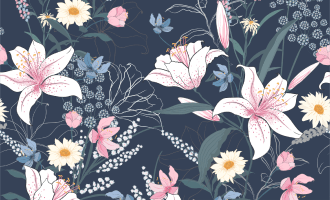
Different Forms of User Interface Design
A design is basically a blueprint or detailed description of an object, system or activity and/or the end result of that blueprint or detailed description in the shape of a model, process or product. The word ‘design’ itself is derived from the Greek word ‘design’ which refers to the process of shaping or creating something beautiful or useful. The verb ‘design’ also originates from the same root but means ‘to arrange”or “to prepare”. So design can mean ‘to arrange or prepare in a particular way’.
In order to make better understand how designers and engineers achieve their designs there are two basic approaches. The first is from ‘idealism’, the belief that the best design is the one that is aesthetically pleasing and that people should be entertained while designing. The second approach is from ‘pragmatism’, the view that the best design is one that works in real life and that people should be able to use it in real life. With the help of the first approach it becomes possible for designers and other people involved in the process to agree on a common vocabulary and grammar of the designing process. This way the communication between all parties becomes clearer and at the same time more efficient.
In the current times more emphasis is being put on design thinking than ever before. An important factor that contributes to the growth of this trend is the rise of designer wear. Wearing new designs, which can be worn by men and women alike, provides a platform for talking about aesthetic quality and choosing new styles. This in turn provides designers with a platform to test their ideas and discuss issues that are related to how better they can implement their ideas in real life. As a result, designers are learning how to ask questions that contribute to the design thinking process while engaged in generative research.
The other important factor in designing is the involvement of the user. Designers need to understand that the users will be the ones using the interface. This means that, even if the designer has an idea for a good design, the user might find it to be unsatisfactory or does not understand the purpose behind the design. As a result, a part of the design process involves understanding the needs and thoughts of the users in order to make a design that can be used and understood by them. This is also considered as a kind of user interface training.
The other form of user interface design that has become popular over the years is widget design and widget development. Again, widget developers need to understand the needs and thoughts of the end users in order to create a design that will not only be accepted by them but will also work efficiently. On the whole, designers and developers need to have a better understanding of what is going on with the interface design and widget development market in order to participate in it actively.
The last form of user interface design works by taking what a designer has created and turning it into an app. The app is developed for a specific purpose. In this case, the person would be using the app design to make things easier for themselves, such as finding the nearest restaurant within walking distance, playing games, checking the stocks, etc. These are just a few of the possible uses, which can be seen in some famous apps such as the Google Maps application or the Facebook timeline.